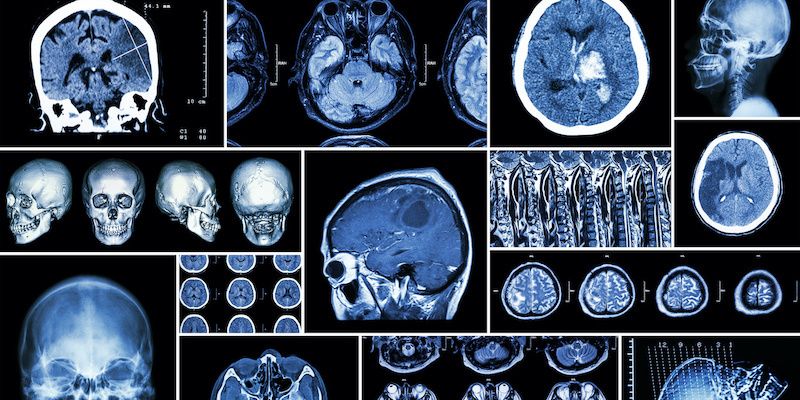Article
Pain Acceptance May Lower Migraine-Related Disability
Author(s):
Following treatment with either a lifestyle intervention or migraine education, patients with migraine had improved pain acceptance and lower migraine-related disability.
Among neurologic diseases, migraine accounts for the largest proportion of specific disability worldwide, but according to a new study, patients with migraine may be able to lower their migraine-related disability through improved pain acceptance.
Researchers discovered the improvements in pain acceptance, and subsequent decreases in disability, following treatment with either a lifestyle intervention or migraine education. These improvements remained consistent even with varying migraine frequency, headache duration, and pain intensity.
“Pain acceptance is reflected in behavior patterns where the individual engages in normal behavior even when pain is present and refrains from the use of avoidance strategies in an attempt to manage pain, and therefore represents an additional target for pain management intervention,” wrote the researchers. “As change in pain acceptance predicts reductions in pain disability generally, pain acceptance might also improve migraine-related disability.”
The study followed 110 women aged 18 to 50 years with overweight or obesity and migraine at the Weight Control and Diabetes Research Center of The Miriam Hospital between November 2012 and June 2016. Pain acceptance was measured with the 20-question, 7-point-scale Chronic Pain Acceptance Questionnaire and headache disability was measured with the 6-item Headache Impact Test with scores grouped into 49 and lower, 50 to 55, 56 to 59, and 60 and higher.
Each patient received 16 weeks of treatment with either a behavioral weight loss intervention, which targeted just weight and not migraine, or migraine education that focused exclusively on migraine, treatments, and evidence-based self-management strategies. Follow up continued until week 36.
The researchers found that changes in pain acceptance was significantly associated with change in migraine disability scores, and improvements in pain acceptance did not vary based on treatment intervention. Each additional point on the pain acceptance questionnaire was associated with a reduction of 0.12 on the disability test.
“Of note, pain acceptance was not targeted in this study in either treatment condition, however significant positive changes in pain acceptance were observed in both groups,” wrote the researchers. “It is possible that the behavioral changes that occur as the result of intervention are significant enough to increase acceptance, even if acceptance-related skills are not taught.”
While it is less apparent how an education only intervention improves pain acceptance, it’s likely that the combination of social support and learning from other members’ experiences could account for the change, they added. Another possibility is that both groups of patients experienced reductions in migraine frequency and intensity, thus finding it easier to accept pain that is less frequent and severe.
The researchers recommended that future research look at whether explicitly targeting pain acceptance with acceptance-based interventions provides additional benefits in pain acceptance and improved functioning by either increasing the magnitude of change in pain acceptance or by increasing the association between change in pain acceptance and reductions in disability.
Reference
Lillis J, Thomas J, Lipton R, et al. The association of changes in pain acceptance and headache-related disability [published online October 5, 2018]. Ann Behav Med. doi: 10.1093/abm/kay076.

Update on Migraine Patient Care Challenges During the Pandemic

CGRP Inhibitors: A Promising New Class of Drugs for Migraine

Update on Migraine Patient Care Challenges During the Pandemic

CGRP Inhibitors: A Promising New Class of Drugs for Migraine
2 Commerce Drive
Suite 100
Cranbury, NJ 08512
© 2025 MJH Life Sciences® and AJMC®.
All rights reserved.


